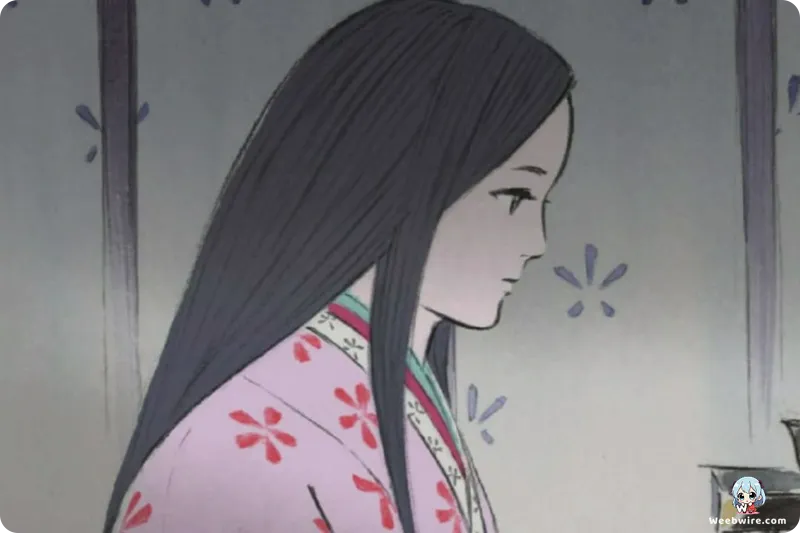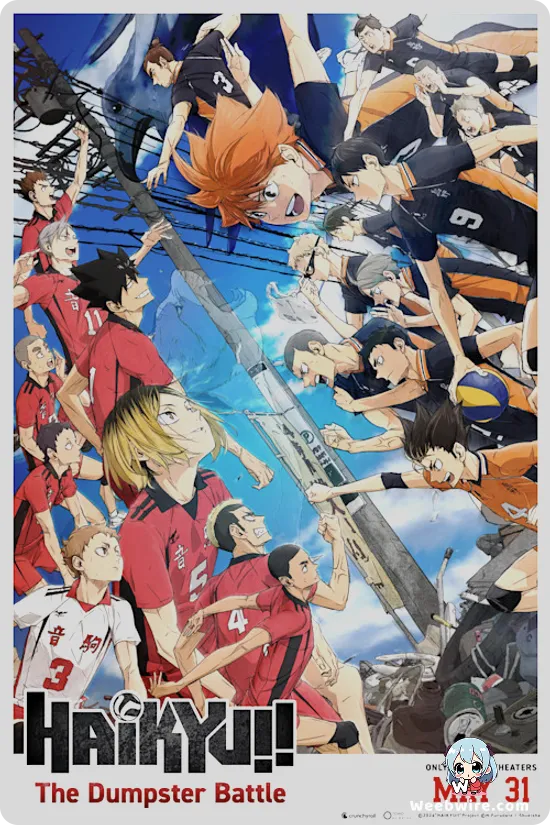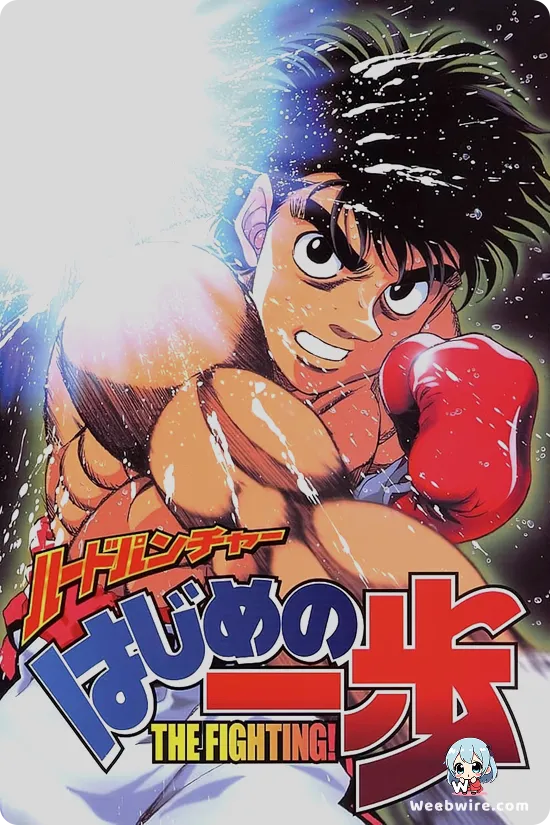The $49 Million Sketch: Unpacking the Revolutionary, Costliest Animation of Studio Ghibli's The Tale of The Princess Kaguya

Studio Ghibli’s 2013 feature, The Tale of The Princess Kaguya, stands as a profound testament to the singular artistic vision of the late director, Isao Takahata. While this work often receives less mainstream attention compared to the celebrated films of Hayao Miyazaki, Takahata’s final directorial effort is arguably the studio's most ambitious undertaking, both in terms of artistic execution and financial commitment.
The film’s distinct and deceptively simple aesthetic, which represented a bold departure from the highly polished visual style typically associated with Ghibli, masked a production timeline and level of manual effort so extensive that it resulted in what was, at the time of its release, the most costly Japanese film ever produced. This signaled an unparalleled commitment to visual innovation within mainstream animation.
An Unprecedented Financial and Time Commitment
This cinematic adaptation of the ancient Japanese classic, Taketori Monogatari (The Tale of the Bamboo Cutter), required an astonishing eight years to complete. This protracted production cycle underscores Takahata’s meticulous methodology, which aimed to capture the raw, immediate essence of sketching and watercolor art.
The staggering financial commitment necessary for this project is central to understanding its legacy. Although precise figures vary, industry estimates place the production budget upward of 5 billion Japanese Yen, which equates to approximately $49.3 million USD. This expense set a new benchmark for domestic cinema costs.
Crucially, this immense budget was not primarily driven by advanced CGI or large-scale promotional campaigns. Instead, it was necessitated by the sheer volume of meticulous human labor required to translate Takahata's unique artistic blueprint onto the screen.
The Art of the Moving Sketch
Takahata specifically mandated an animation style that replicated the appearance of rough concept sketches, fluid watercolors, and traditional Japanese e-maki (picture scrolls). This process demanded that animators first draw primary frames and then meticulously fill in the transitions, ensuring that the distinct, dynamic line quality the feeling of a sketch in motion was preserved throughout the entire film.

Unlike standard cel animation, which prioritizes graphical consistency, Kaguya emphasized the emotional rawness and expressive spontaneity of the initial drawing. This requirement necessitated a complete restructuring of the standard Ghibli workflow, consuming countless hours of manual refinement. Maintaining this aesthetic across the film’s two-hour runtime, ensuring every frame looked like a piece of moving concept art, directly fueled the massive budget overruns.
A Departure in Musical Scoring
Further distinguishing the film is its musical identity. Breaking from the long-standing tradition of global icon Joe Hisaishi, who scores nearly all major Ghibli releases, Takahata enlisted Shinichirō Ikebe for Kaguya. This choice utilized traditional Japanese instruments and understated compositions, perfectly reinforcing the ancient, folkloric narrative setting.
The music remains subtle, prioritizing Kaguya's emotional arc and ambient environmental sounds. It serves the story rather than overpowering it, a choice that mirrors the visual simplicity and focus on raw emotion.
Societal Constraints and Liberation
Beyond its technical achievements, Kaguya’s narrative offers a sharp and moving commentary on the constraints placed upon women by rigid societal expectations. The film deeply explores Kaguya's anguish as she is forced into the suffocating rigidity of noble life, contrasting her profound reluctance to embrace the role of a 'proper' lady with her powerful nostalgia for the simple, unrestricted life she shared with her adoptive parents.
Her decisive rejection of the five high-ranking suitors serves as a potent declaration of freedom and self-determination. The film’s heartbreaking conclusion can be interpreted as Kaguya being liberated from a life dictated entirely by the aspirations of others, cementing its standing as a sophisticated, multi-layered masterpiece that continues to be a focal point for scholarly review and appreciation among Studio Ghibli devotees.
Credits
The Tale of The Princess Kaguya
Author
N/A (Based on The Tale of the Bamboo Cutter)
Cover Art
Isao Takahata (Director/Visual Concept)
Studio
Studio Ghibli
Publisher
Studio Ghibli
Producers





